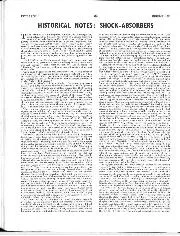
Historical Notes: Shock Absorbers
To be brought to an undignified standstill, in a vintage car, right in front of an East End 'bus-queue by a dismal, clattering noise and to walk back, amidst laughter,…
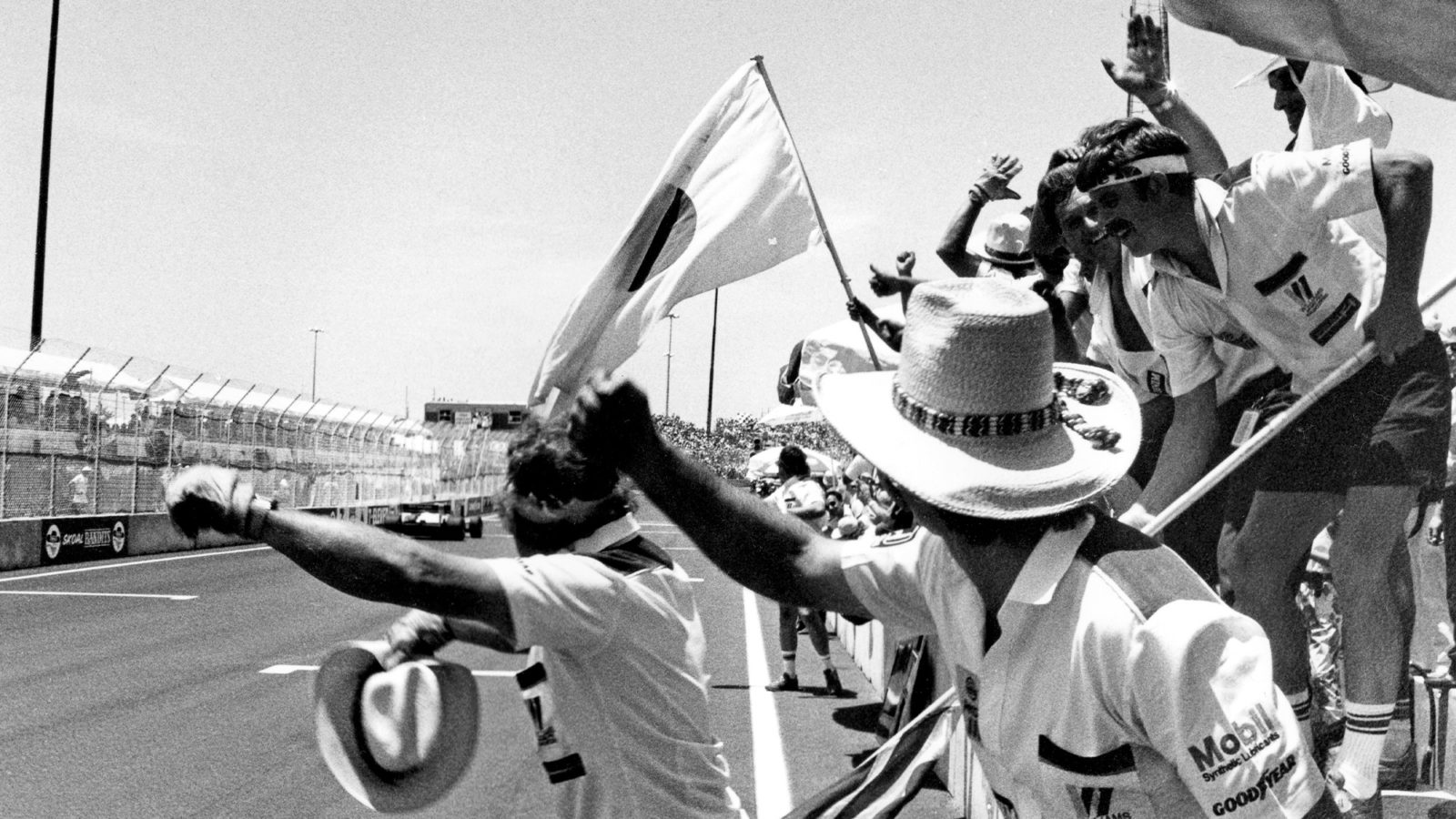
In the mid-1980s, the Texan oil town was best known for a daft but hugely popular TV show that traded directly on its name. In a period during which F1 was struggling to find a new home, the idea of a grand prix in a 10-gallon hat was not without merit. Sadly, the hastily cobbled-together street track proved not fit for purpose, especially in the extreme heat of July. The race itself was eventful, but no one who lived there cared or took much notice. Probably just as well Dallas (above) was just a one-off cameo – and a classic F1 curio.
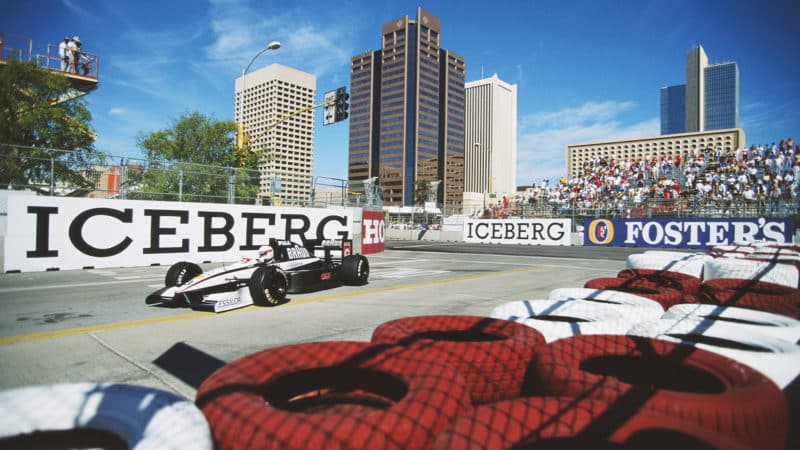
Tyrrell’s Satoru Nakajima at Phoenix in 1991; it was said that Bernie Ecclestone wasn’t impressed by the track’s seating
Much like Dallas, the Arizona city was a Formula 1 misfit. Even a local ostrich race proved more of a draw than the grand prix. A classic (and bland) American grid system street track, its 90-degree turns inspired no one – although Ayrton Senna banked one of his stand-out otherworldly performances when Phoenix hosted the season opener in 1991. Best remembered for Jean Alesi’s spirited showing for Tyrrell against Senna a year earlier, the Phoenix experience left F1 scarred. A grand prix wouldn’t return to the US for another nine years – Indianapolis in 2000.
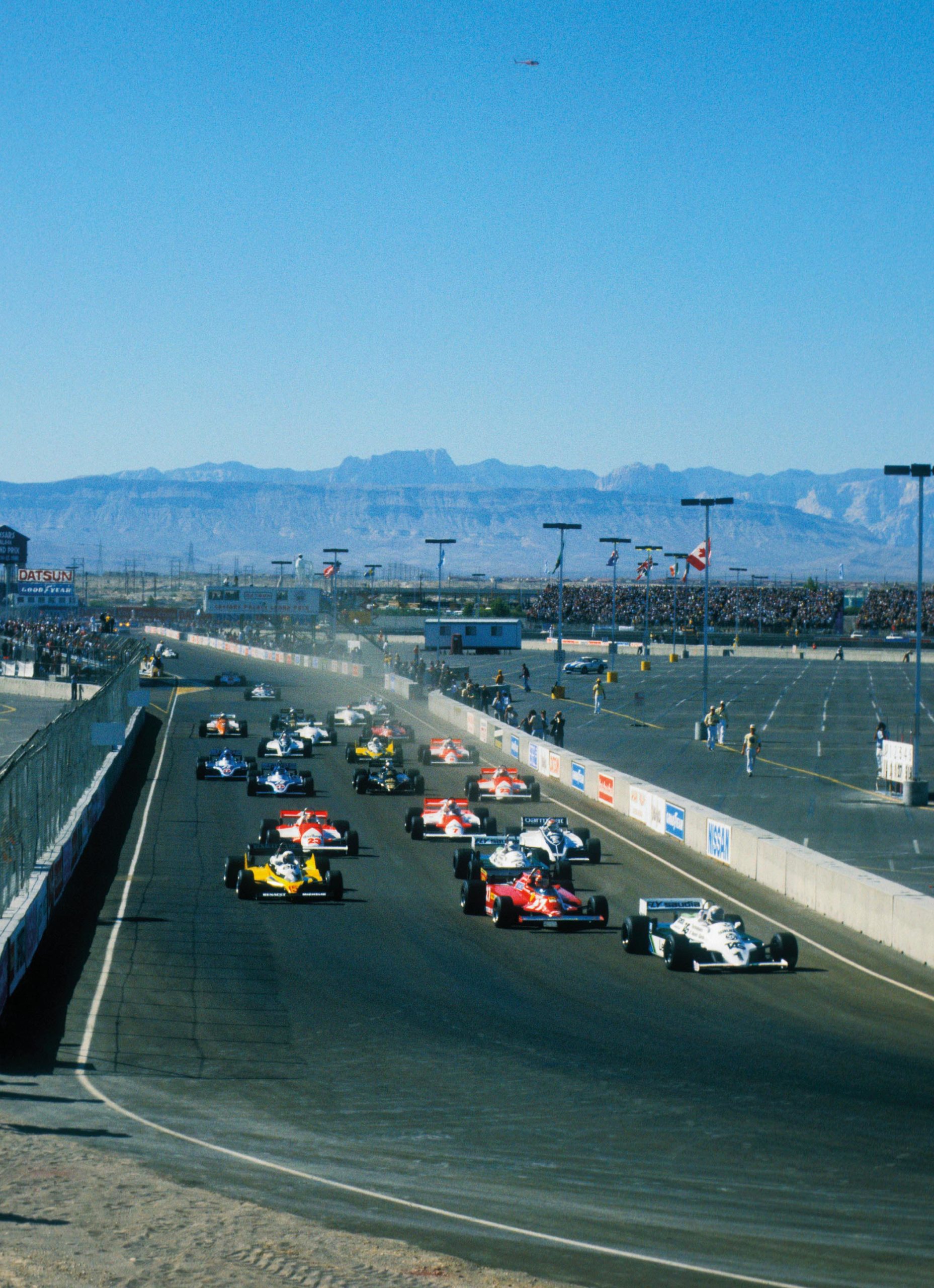
Multiple US races in one year is hardly a fresh concept. There were three in 1982. Las Vegas was billed as the Caesars Palace GP to differentiate it from the US GP West held at Long Beach and the Detroit GP. As a season finale featuring a headline-grabbing title climax on both occasions, the circuit laid out in the car park (!) of Caesars Palace Hotel and Casino inevitably left its mark – but beyond its gauche and tacky location (er, hello Miami), the stop-start track itself was ill-befitting of F1. Since then, a Las Vegas return drops on the table from time to time, but no one has taken that bet – yet. A residency best left to the likes of Celine Dion and Ed Sheeran? We’d say so.
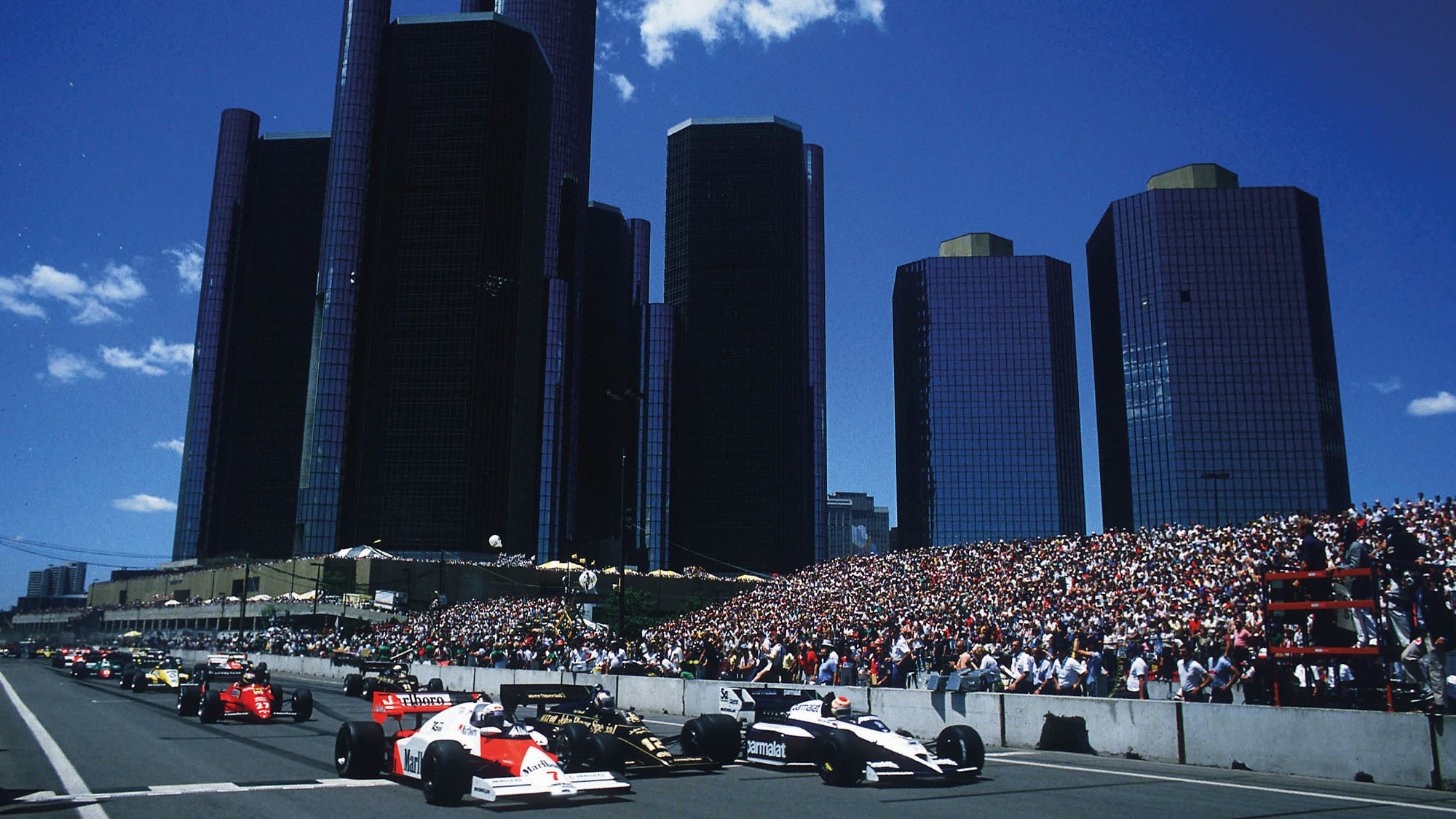
Motown really should have been a perfect fit, and F1 at least persevered to make it stick. But as yet another unmemorable street track, few missed it when F1 quit for Phoenix – although Senna sprung a sweet tune from Detroit with a hat-trick of victories, including a first for an F1 car riding on active suspension (Lotus, 1987). Beyond parties hosted by Ford, it’s probably best recalled in sporting terms for John Watson’s 17th-to-first heroics in ’82.
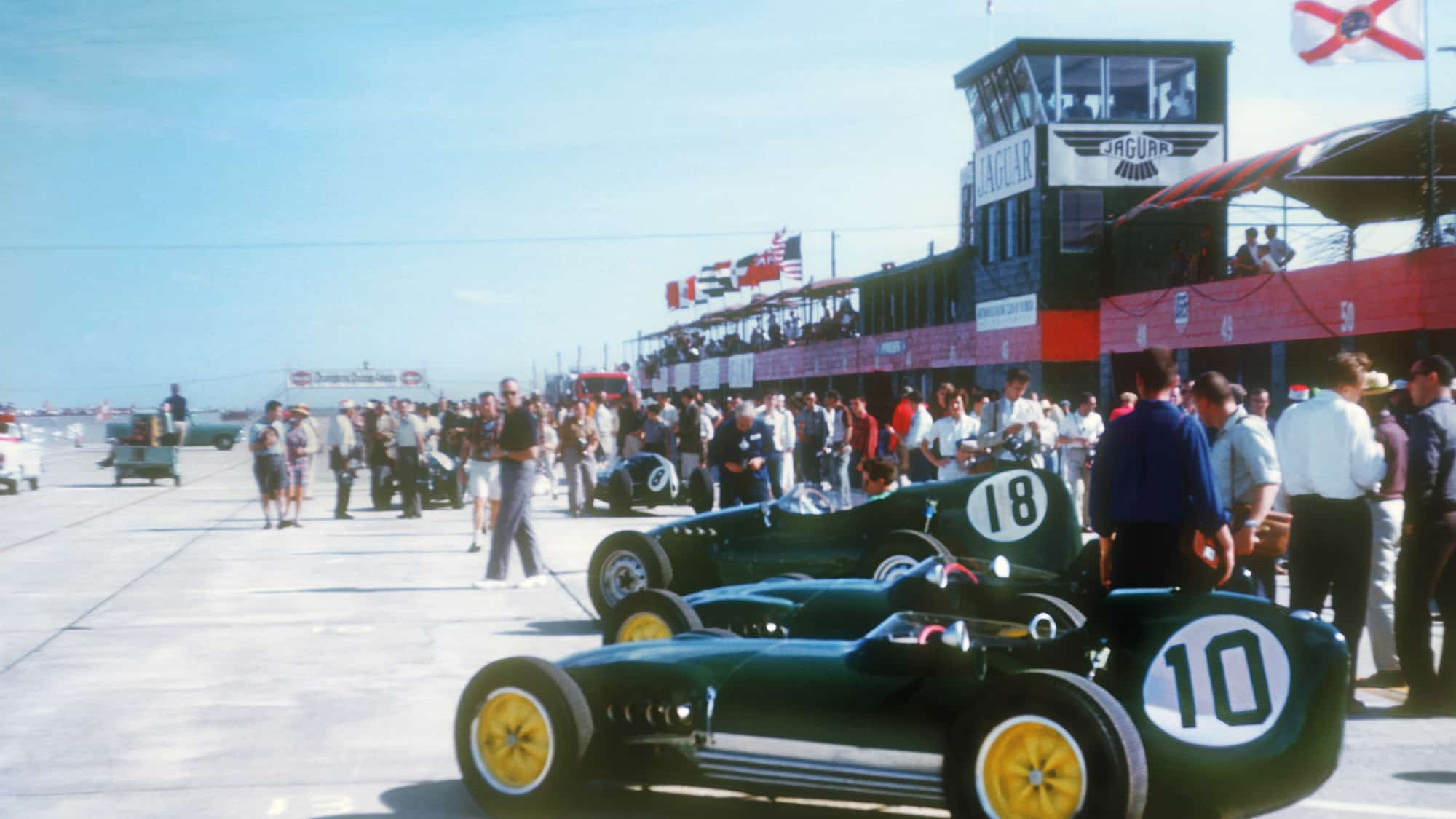
Now we get to the good stuff. But think of the undulating Californian desert track today and images of Can-Am beasts and Trans-Am muscle tend to spring to mind before F1. Now buried under real estate, Riverside is considered a lost gem of US motor sport. Its one shot as a US GP venue before F1 found its American spiritual home is easy to overlook. The title long tied up in Jack Brabham’s favour, Stirling Moss scored his first world championship win since his narrow escape at Spa and signed off the 2.5-litre era.
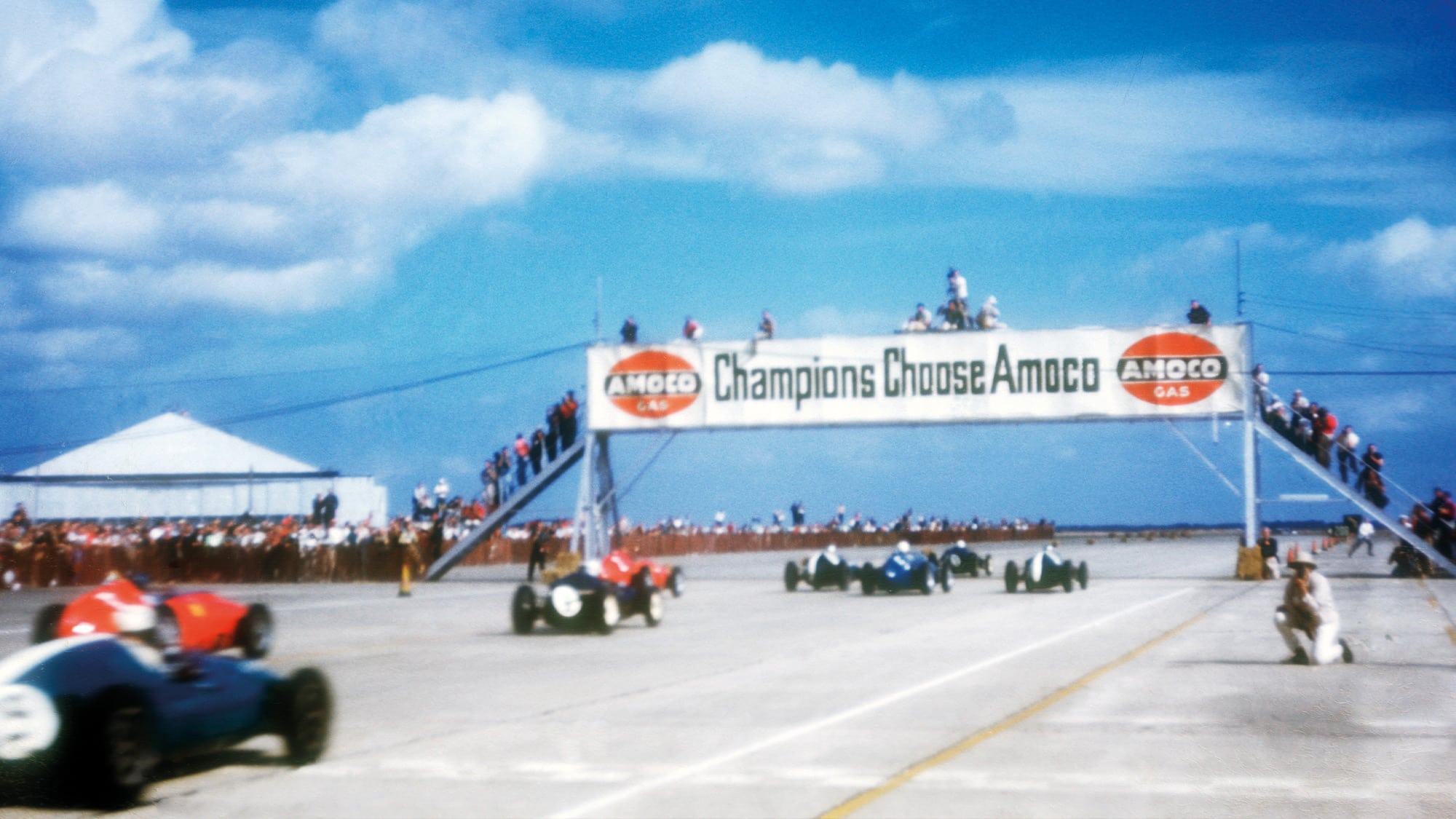
The largely featureless Florida airport track is hardly Spa, but its famously bumpy and tricky surface has helped make it hallowed ground in sports car circles.
There’s something about the place. Still, unlike the blue riband 12 Hours, Sebring’s end-of-season F1 grand prix didn’t stick beyond 1959. A shame, because there was a lot to like about a visit to the Sunshine State ‘in the Fall’. At least the world championship’s first US GP was a landmark for other reasons, thanks to push-don’t-pull-me Cooper, get-out-and-push Jack Brabham and surprised-as-anyone new youngest winner Bruce McLaren.
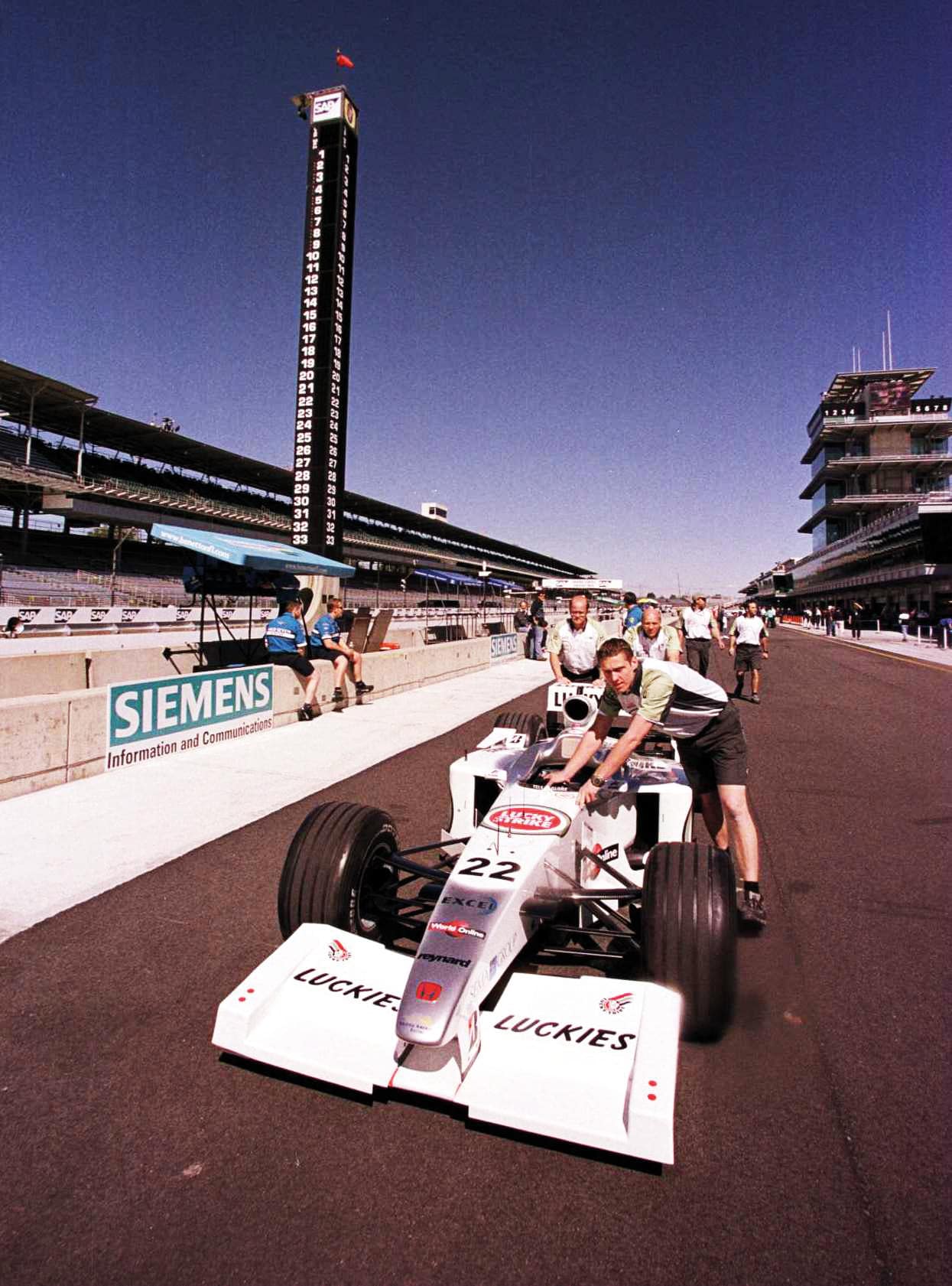
Yes, yes, the Indianapolis 500 counted for world championship points between 1950-60, we know… But The Brickyard’s F1 story only truly kicked in at the turn of the millennium with grand prix racing’s long-overdue return to the US, in front of a 250,000-strong full house – and to hell with grumpy traditionalists who claimed it was sacrilege for their blessed speedway to host anything other than the 500. The infield road course lacked character, but the use of the Turn 1 banking and main straightaway run in the ’wrong’ direction made up for that. And US GPs at Indy were always a proper occasion, even after the both-barrels-to-both-feet disaster of 2005. Now with Roger Penske at the helm and F1 promoted by an American media giant, you’d think a return would be a shoo-in. Zak Brown has talked up the idea, but Liberty appears to be looking the other way. A shame.

The Monaco of the West Coast was a popular springtime fixture in the wake of F1’s South American and South African legs. Bumpy and twisty, it was also fast along Shoreline Drive. F1 cars looked great at Long Beach on TV and in pictures, bathed in Californian glamour and sunshine – a perfect fit. Until early in the Bernie Ecclestone era F1 dopily turned the other cheek and left it to a grateful (and astonished) IndyCar to pick up a new signature race. Now Long Beach is Monaco for IndyCar and it’s impossible to imagine a season without it. Funny now to think that used to be the case for F1. It’ll likely never come back; it never should have left.
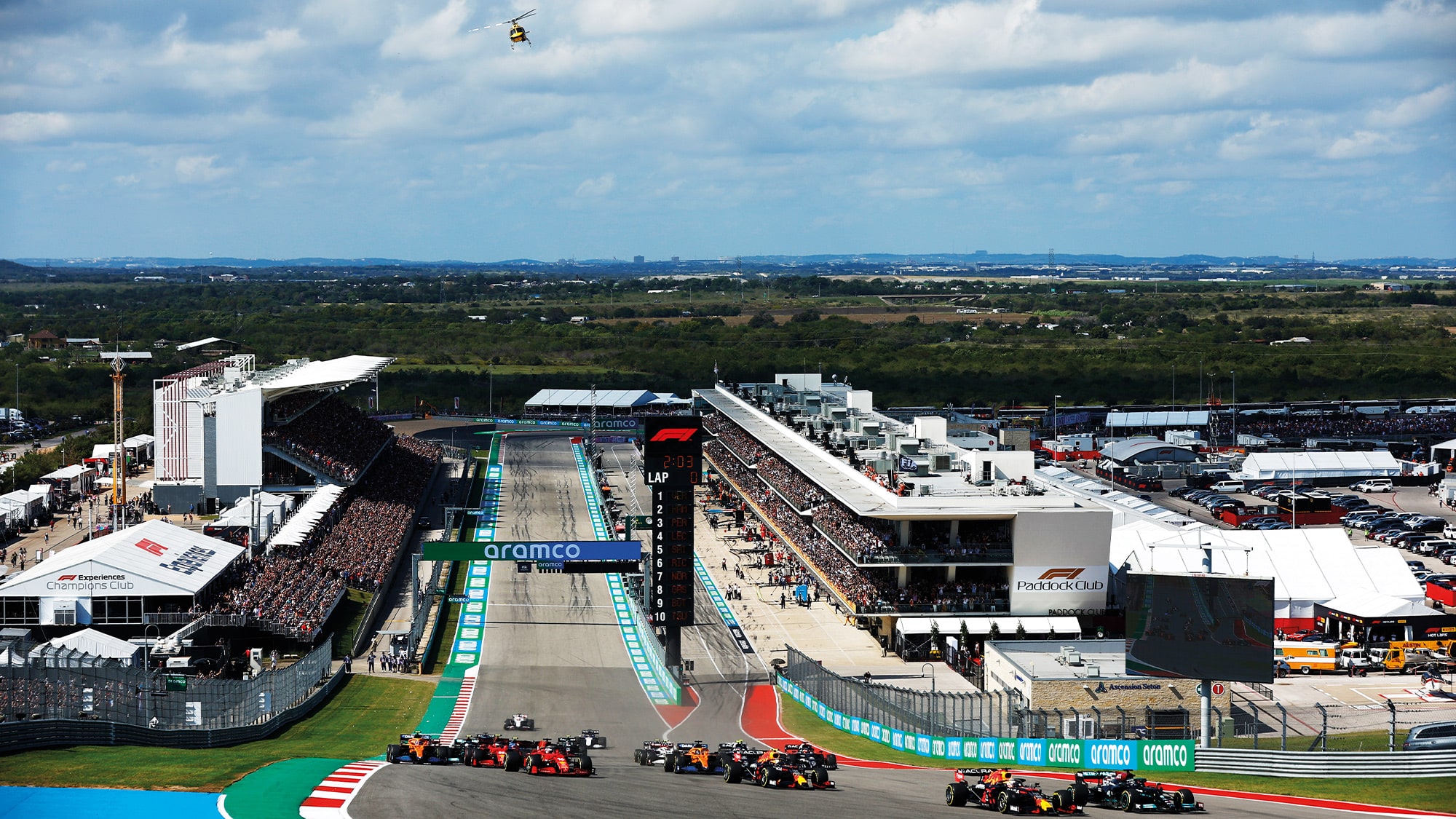
In the wake of the Indy anti-climax, a bespoke new track in a cool city that held a greater affinity for Europeans than arguably anywhere else in the States was fantastic for F1. And refreshingly, Austin has generally lived up to and sometimes exceeded those high expectations. It helps enormously that here is a modern circuit that has character, even if it is inspired (borrowed) from the likes of Silverstone and Spa.
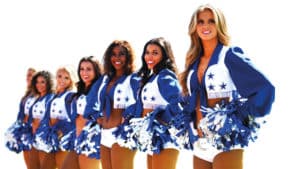
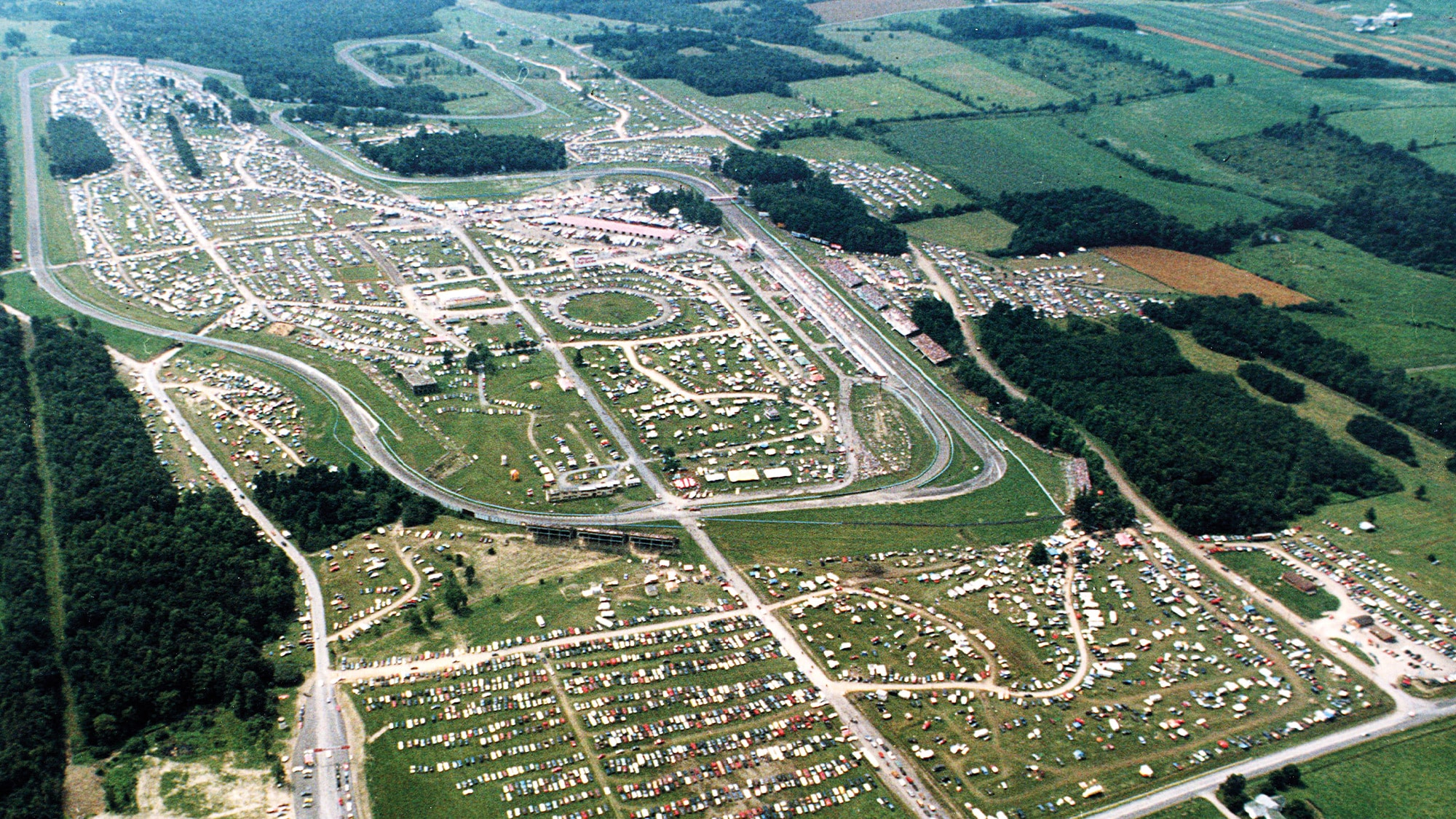
Nineteen eighty. That’s an awful long time ago now. Many of us won’t be old enough to remember The Glen as Formula 1’s American home (although that’s not true for plenty of people who read this magazine, of course…). And yet it’s still the case that F1 has never grown roots as deep, long-lasting and enriching in US soil as it did in New York State. It should have at Indy, it’s getting closer in Austin. But you only have to read Maurice Hamilton’s piece (see page 80) to understand what The Glen meant to F1 – and what plastic Miami might never have. Proof if ever it was needed that great F1 venues cannot and should not be defined simply by the strip of race track alone. These places must also have soul.